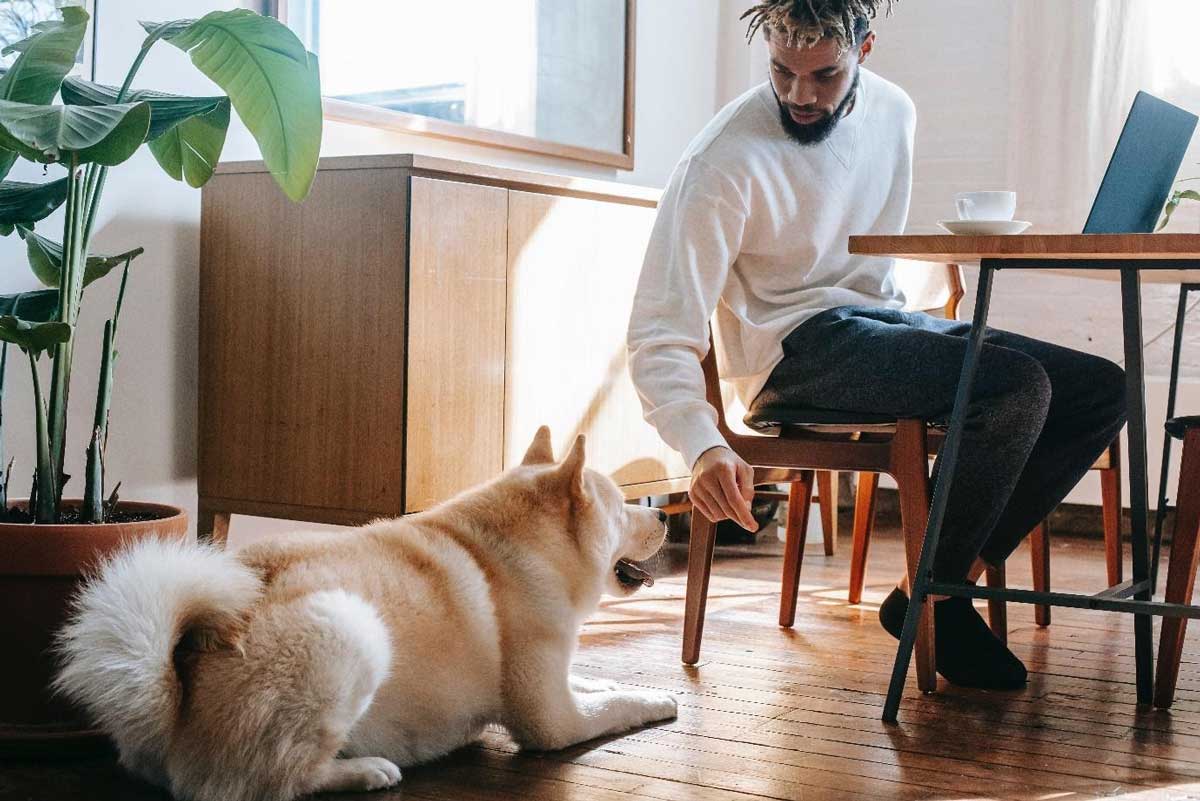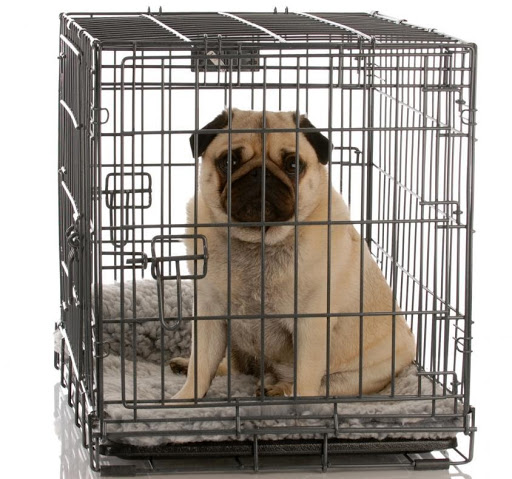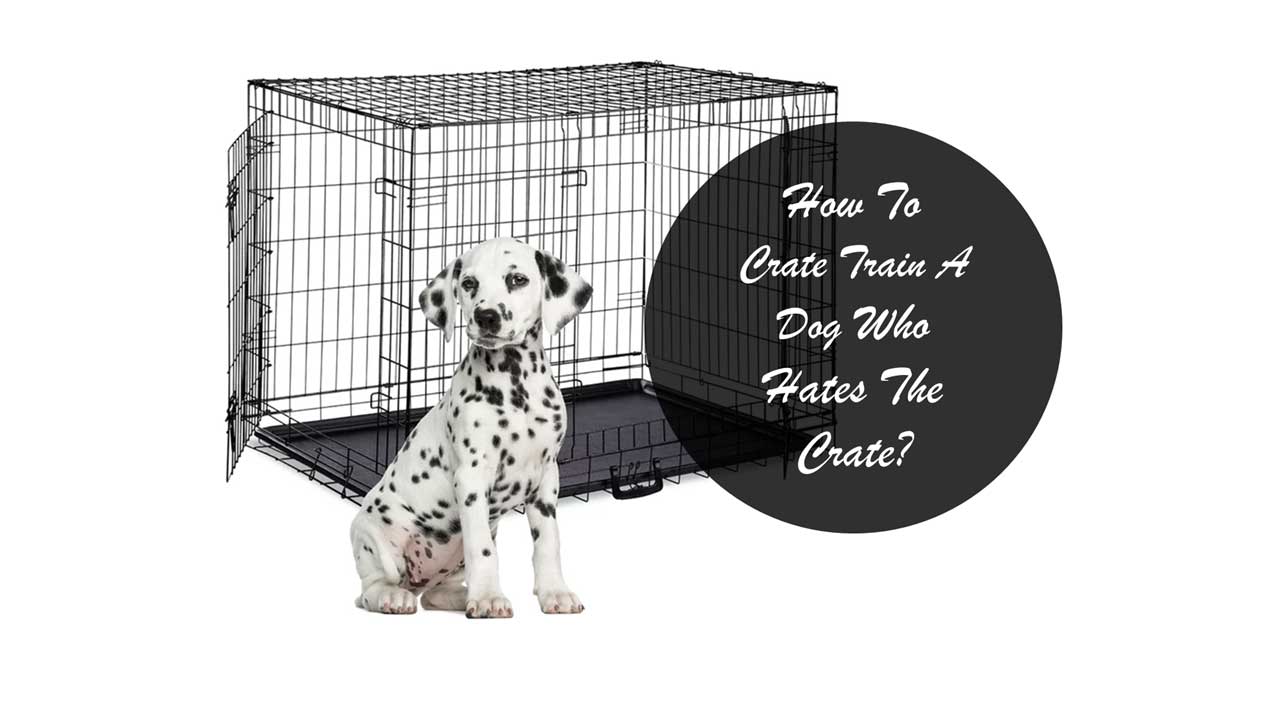Dogs are kind of like babies —except they have a completely different psyche. However, most dog owners will tell you it is not that different. In truth, it is not; but it may seem so in the first few days after you buy or adopt your very first dog.
You will begin with a crate and go ahead from there. But soon, you might find your pet crying in its crate.
If you’re a first-time dog owner and are having issues with crate training and getting your dog to stop crying, then this blog has all the answers to your how-to-get-my-dog-to-stop-crying-in-its-crate questions.
Why, oh why, do you whine?
Crying or whining are one of the many types of vocal correspondence found in dogs. Generally, dogs whine to seek attention. This can be observed when they spot their owners and they immediately wish for their company or physical contact.
Some dogs are known to “appease” people or other dogs with excessive whining. This submissive behavior is accompanied by tucked tails, body brought down, head lowered or turned away.
Involuntary whining of dogs has to do with tension, being in unpleasant circumstances, or anxiety (namely, separation anxiety). Though it happens less frequently, a dog may whine if sick or hurt in any way to gather your attention or that of another dog.
Oddly enough, dogs whine as a way to welcome, too.
Like, love, or hate the crate?
Does your dog cry in its crate but stops or exhibits different behavior when you take it out? Something might be wrong with the crate, then. Ask the dog: does it like, love, or hate the crate? While the reply you will get won’t be what you’re looking for, it will tell you what to look for in the crate that needs fixing.
Here is a rundown of why your dog may be crying in its crate:
- The crate is not comfortable or big enough.
- There is nothing to play within the crate.
- The dog doesn’t like the crate (could be the color, or style).
- It wants to relieve itself but cannot get out.
- The temperature around the crate is not suitable.
- You have left the dog alone for too long (separation anxiety).
- The dog is scared or hungry — or both.
- It wants to move around or needs a change of scenery.
Crates can be tricky for newcomers (both owners and dogs). Who would not get anxious being introduced to a new place? The anxiety that human beings alone go through is something to contend with. Imagine an animal all whimper-y and worried about their new home and family.
What can you do?
Without a doubt, you should slip your dog into its crate the correct way. Dogs are naturally uneasy creatures, and they discover comfort in having a cushion (get one!).
Above all, dogs need confirmation that their new container is a protected, welcoming spot — not a pen that fills in as a drawn-out sitter or a device for discipline — it is anything but a go-stand-in-the-corner-seat! Not easy, eh? Comfort is essential.
Ensure you place a great quality sheet material and a couple of most-loved toys in the crate to keep the dog occupied and comfy. It is likewise basic to consider the room temperature in the room. Pups and more modest dog varieties can get too warm too quickly; so, ensure you position the container in a region that isn’t excessively cold (or excessively hot).
Apart from comfort and temperature, if the crate is too small to accommodate the dog (as identified above), the dog will naturally protest. Have a bigger crate to give more wiggle room to the dog.
If these tips do not work, it is likely the dog simply wants company. Sit with them for a while or have someone else not occupied at the time do it. While you are at it, throw in a chewable vitamin for the dog so that the chewing and the nibbling eventually tire it to sleep.
Never leave your pets alone. One way to do this is to have their crate placed in such an area of the house (probably some center) where you can frequently be with them while performing a chore in the house or where your kids can be around to keep an eye. Don’t keep them in the crate all the time, too. Get them out and about, or else you will have a lazy old canine on your hands later.
When should you be concerned?
In some cases, the crying could mean more.
Dogs who rest more during the day can be more anxious and dynamic around evening and bedtime. Keeping a record can enable you to distinguish what triggers your dog’s nighttime restlessness and activity.
Also, tangible changes, for example, vision or hearing deficiency, can also influence your dog’s profundity of rest. Their rest-wake cycles might be influenced by intellectual brokenness or different sorts of focal sensory system problems. Crying and whining are the only ways they will try to alert you.
Have your vet run a complete analysis to figure out if it is something clinical causing all the hyperactivity and crying. However, if the dog is eerily quiet as opposed to all the crying, that does not necessarily mean it is all okay. Check for symptoms of animal sickness. Always have a vet on speed dial.
Take a timeout; be patient
Housebreaking your new friend is not going to be easy — keep in mind that they are someplace else, away from their mother, or litter (in case you have brought an adult). Empathize with the little (or big) guy (or girl) and try understanding that this is an all-new climate, and they need time and consolation to change and adapt.
It will be a struggle only in the beginning. Box or crate preparation will make you sweat and appear quite daunting from the outset, but your persistence will pay off tenfold later on. If it is still wearing you out, take a breather and have other members of the family take over.
Also, do not underestimate the power of the internet. You are reading this blog and have come across some useful tips, have you not? Try taking a crash course on pet care and implement your knowledge into taking care of your dog.
Final Takeaway
Getting your dog to stop crying in the crate can be a challenging task. Try looking at it from the angles we have provided and aim for a fix. You will do great as a dog owner and your dog will learn to adore you. It is only a matter of time. Good luck!
If you want to know more about how to get a dog to stop crying in its crate, please visit our website.














